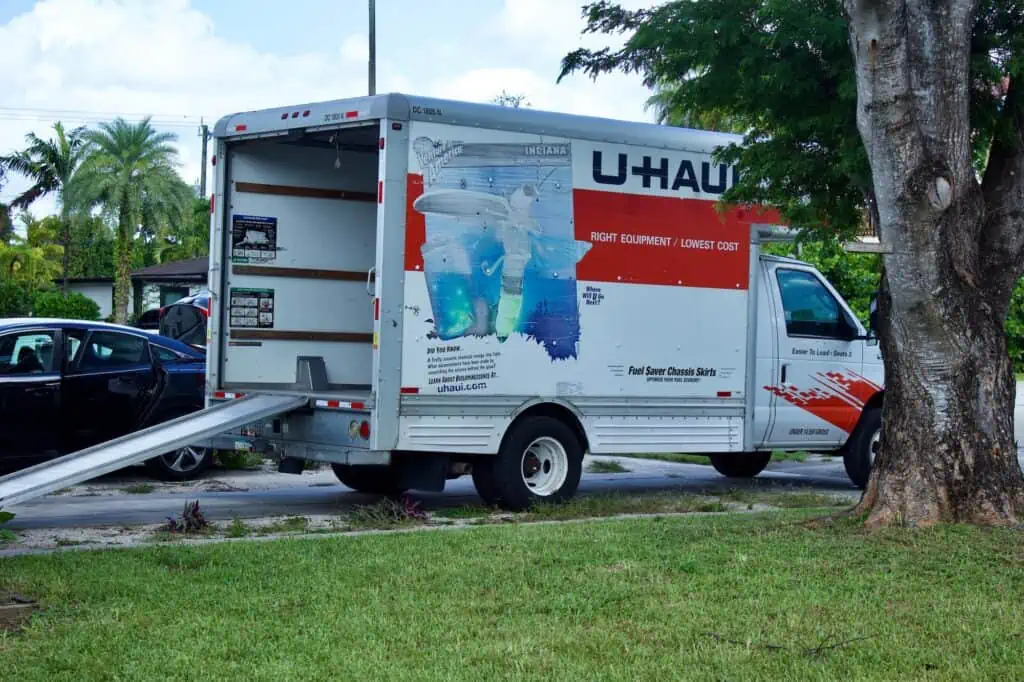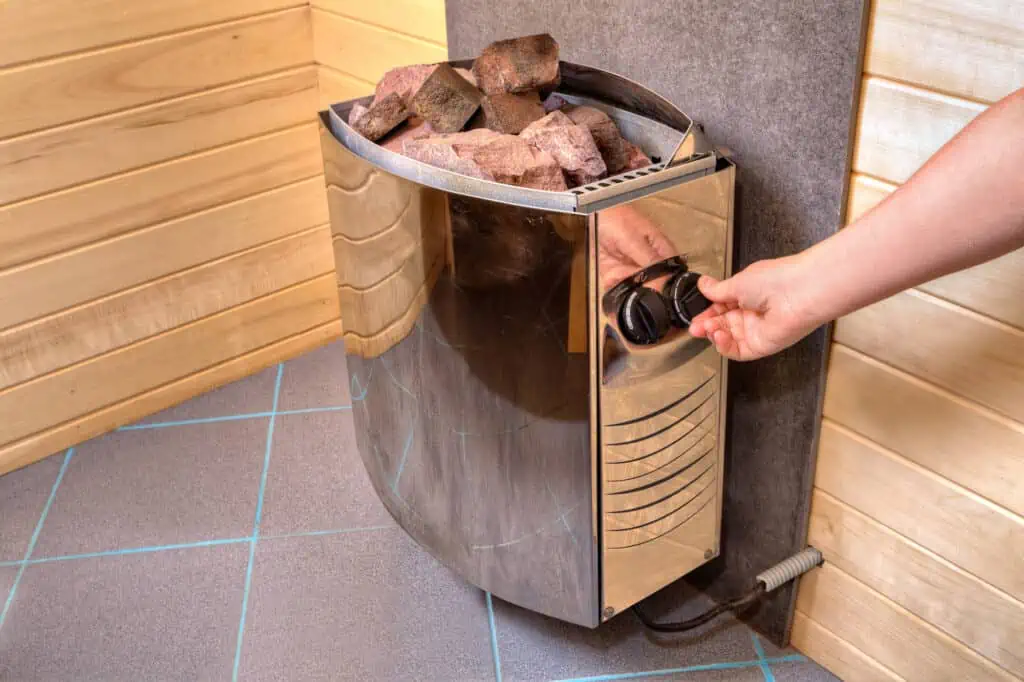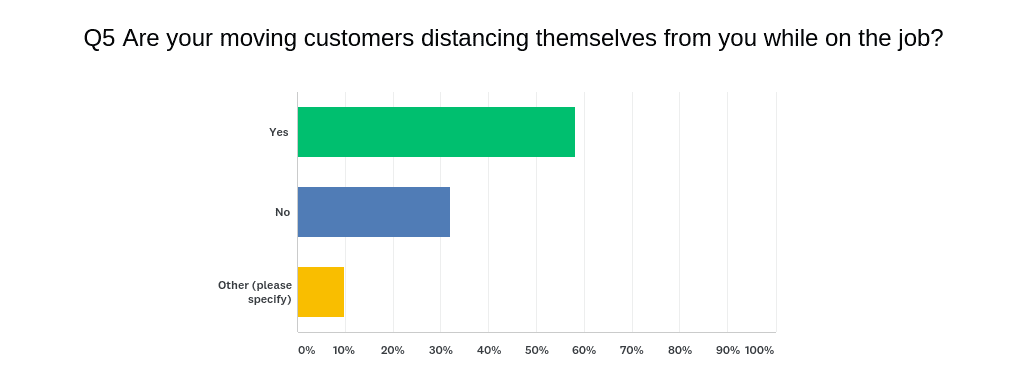Owning a sauna is awesome, but when you want to bring yours with you during a move, you’re reminded they’re large, heavy, and have plenty of delicate components.
Don’t despair quite yet! With some planning and careful execution, you can bring your sauna to your new home with no problem. Here are the steps to take and what you should know about relocating a sauna when you’re moving.
Step 1: Pre-Move Preparation
Before you start the moving process, it’s important to do some prep work first.
Start by documenting the sauna’s general setup before disassembling, and consider taking some pictures so you have a guide when it’s time to put it back together. If you have the original manual and installation guide, keep them handy. Also, see what tools you’ll need for the process and gather them in advance.
“If the sauna has been used recently, give it sufficient time to cool down completely before you start the disassembly process”
Be sure to turn off any electrical connections before you start disassembly. If it’s a plug-in model, simply unplug it. If it’s hardwired, you may need to shut off the breaker and/or consult with an electrician.
It’s also helpful to do some cleaning. Wipe down benches, walls, and floors, and vacuum the interior to remove any loose stones, sand, or other debris. If you have a wood-burning stove to heat your sauna, don’t forget to sweep out the ashes.
Step 2: Disassembling the Sauna
Saunas come in different makes and models, so not all of these tips will apply to yours, but here’s what to consider when taking apart your sauna for transportation:
- Check the warranty: Disassembling and moving your sauna might void the warranty. You might want to consider an alternative if your sauna is still protected
- Leave it to the pros: If you’re unsure about any step or don’t have the necessary equipment, consider hiring professionals who specialize in moving bulky items, or specialized sauna installation companies. It’s not worth hurting yourself or damaging expensive equipment
- Start outside and move in: Exterior accessories, like lights or decorative items, come down first. Then remove the interior benches, supports, and backrests. These can usually be removed without tools, but some may be screwed in place. Make sure anything like an electric heater is unplugged safely.
- Pack it up: Different parts of your sauna might require different packing supplies. Fragile items, like the heater or stove, should be wrapped in bubble wrap or moving blankets. Door handles, latches, screws, and bolts can be bagged and labeled clearly. You should also label each wall panel — if your sauna’s construction allows for it — and protect them with foam pads.
Step 3: Unloading and Transport
It’s important that you have the right vehicle to safely transport your sauna to your new home. That might mean you need to rent a U-Haul or moving truck. In fact, you might want to choose a truck or trailer with a ramp to make loading and unloading easier. Ensure everything is tied down securely and won’t move around while driving.
Better yet, consider hiring professional movers experienced in handling delicate and heavy items, and rely on their transportation. While they should have the know-how to get your sauna moved safe and sound, accidents do happen, so you may want to consider purchasing additional moving insurance.
Step 4: Reassembling the Sauna
Once you’re at the new location, it’s time to choose the spot for your sauna. You’ll want to consider factors like access to electrical outlets, ventilation, and overall aesthetics. If you can visit your new place before the moving day, it would be helpful to scout the perfect spot beforehand.
Then you can follow the manual and/or your photos to reassemble the sauna. Again, if you’re not confident in this process, you might consider hiring a professional or handyman to help with the reassembly.
Once reassembled, double-check all electrical connections and test the sauna to ensure it’s functioning correctly.
See prices for local moving labor. Read real customer reviews. Easily book your help online.
Step 5: Safety First
Throughout the moving process, it’s incredibly important to prioritize safety. Here are some tips to keep in mind as you move your sauna:
- Ensure all electrical connections are disconnected before starting the disassembly process. If it involves complex wiring, consult an electrician
- If the sauna has been used recently, give it sufficient time to cool down completely before you start the disassembly process
- Use the appropriate tools for disassembling the sauna to prevent accidents and damage
- If your sauna has glass doors, be very careful while removing them. They are, of course, fragile and can be awkward to carry. It’s a two-person job
- Saunas are heavy! Use a dolly or a cart to move the big parts and always lift with your knees, not your back, to prevent injuries. Have a sufficient number of helpers on hand to assist, too.
- Ensure that all the sauna parts are securely tied down with heavy-duty straps in the moving vehicle
- During reassembly, ensure that the sauna is installed properly with secure fittings to prevent any safety issues down the line
Step 6: Post-Move Maintenance
Once you have your sauna reassembled, it’s a good idea to go through a few checks before using it, just to be sure there are no issues.
For one, you should perform a thorough inspection of the sauna’s interior and exterior to make sure there was no damage caused by the move.
“If you’re unsure about any step or don’t have the necessary equipment, consider hiring professionals who specialize in moving bulky items, or specialized sauna installation companies. It’s not worth hurting yourself or damaging expensive equipment”
Also, test the heating elements and ventilation system to ensure they are functioning correctly. Make sure it reaches the desired temperature, and inspect the heating elements for any signs of malfunction or damage. During the initial run, check for any unusual smells or signs of smoke, which can indicate a problem. If you installed any new components, you might want to allow for off-gassing by running the sauna at a high temperature for a period before using it.
And keep in mind that wood can expand or contract based on the humidity and temperature. If the sauna is moved to a significantly different environment, giving it some time to acclimate before using it can prevent issues such as warping or cracking.
Remember: Going through the trouble of moving your sauna isn’t worth it if you can’t enjoy it—so be sure you take all the necessary safety precautions. And when in doubt, enlist the help of professionals.
It might seem like a daunting task, but with careful planning, proper disassembly and reassembly, and safety considerations, you can relocate your sauna and continue enjoying it for years to come—no matter where you end up.













